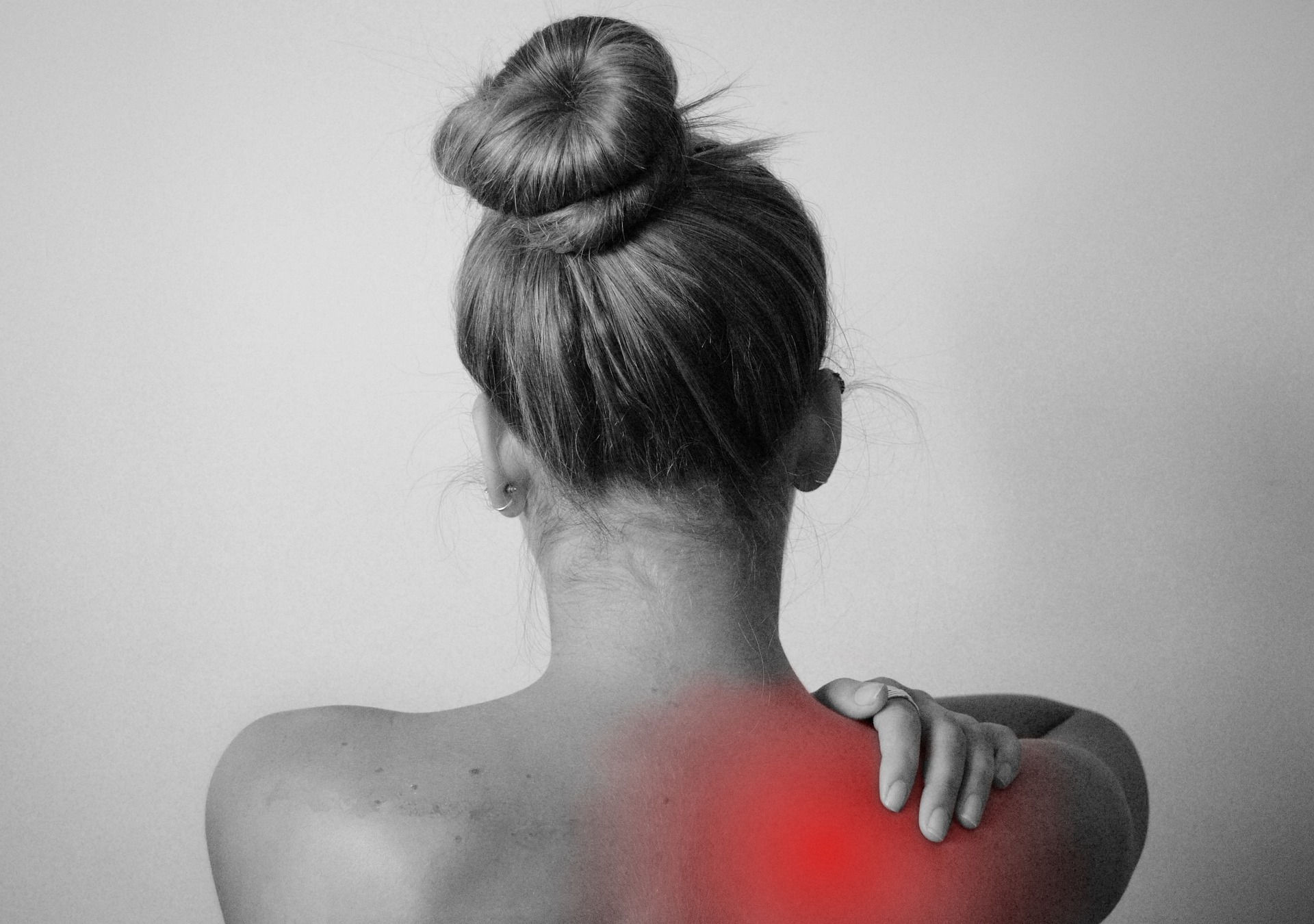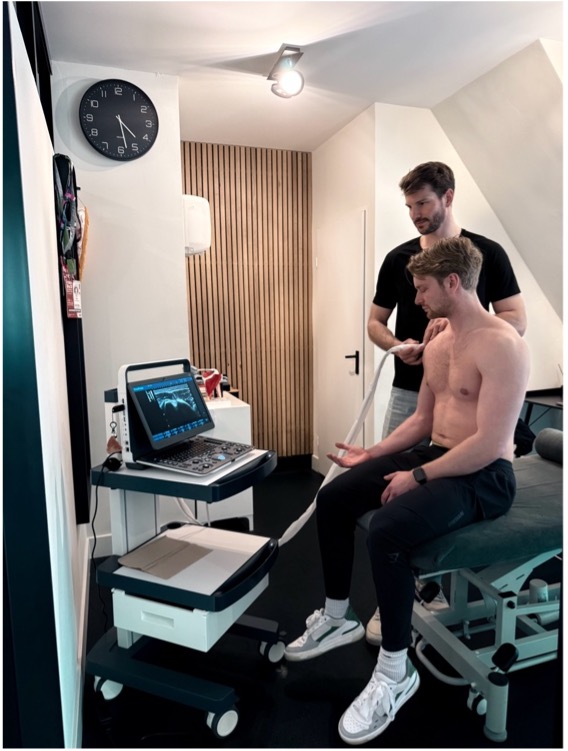That Nagging Pain? Why rest isn't always the answer for tendon injuries
Here at EBP Studio Amsterdam, we see it all the time. The runner with a stubborn ache in their achilles tendon. The office worker whose shoulder or elbow flares up after a weekend of gardening, making it painful to lift their arm. The gym-goer whose knee or hip just won’t cooperate during squats. That persistent, nagging pain often points to one culprit: a tendon injury.
If you’re dealing with this kind of frustrating pain, you’ve probably been told to "just rest it." But what if I told you that complete rest might be the last thing your tendon needs?
As physiotherapists, our understanding of how to treat tendons has evolved dramatically. The new science shows us that tendons don’t get better by being ignored; they get better by being challenged in a smart, strategic way.
Let’s break down what’s really going on with your tendon and how we can get you back to moving without pain.
Is this you? The telltale signs of a tendon injury
Tendon issues, or tendinopathies, have a distinct personality. See if any of these symptoms sound familiar:
- Pain: this is the most obvious sign, and it's typically localized right over the tendon. You might feel a sharp pain in your achilles when you push off to run, a deep ache in your hip when you climb stairs, or discomfort in your bicep tendon when you lift a grocery bag. A classic feature is pain that is worse in the morning—that first step out of bed can be particularly tough on a sore ankle or knee.
- Stiffness: that first-step-out-of-bed feeling isn’t just for joints. A grumpy tendon will often feel stiff and restricted after a period of inactivity. Usually, it "warms up" and feels a bit better with some gentle movement.
- Decreased strength or performance: you might feel that the muscle around the painful area is weak or fatigues easily. For athletes, this can mean a slower sprint or a weaker push-off. For others, it might just feel like you can’t trust the limb to hold your weight or lift an object.
Where does it hurt? The "hotspots"for tendon injuries
Tendon injuries don't just happen randomly. Whether the pain is in your shoulder or your leg, the injury almost always occurs at specific transition zones where forces are highest. Common hotspots include the achilles tendon at the ankle, the patellar (knee) tendon, and the rotator cuff tendons in the shoulder. Here’s the single most important concept to understand: tendon injuries usually happen when an underprepared tissue is exposed to an unaccustomed load.
A realistic approach: strategic loading, no complete rest
Your tendon wasn’t weak—it just wasn’t ready for the specific task you asked of it. That’s why the (long term) solution isn't to wrap it in cottonwool and do nothing. The solution is to progressively build its capacity so it can handle those loads with ease.
This is where physiotherapy comes in. Our entire rehabilitation plan is built on the principle of strategic loading, which considers four key elements: timing, type, target, and progression.
How we start rebuilding your tendon
Tendons love mechanical loading—it’s what tells them to get stronger. The right exercises increase the tendon’s stiffness (a good thing!), and improve its overall load capacity, strength and function.
Starting with isometrics for pain relief
Our starting point is often isometric exercise. This is a type of muscle contraction where you create tension without moving the joint. Think of pushing against a wall—your muscle is working hard, but your arm isn’t moving. For a sore knee tendon, this might mean a static squat. For achilles issues, it could be a simple calf raise hold, keeping the ankle still. Isometrics can be a game-changer in early rehab, as they can significantly reduce pain.
Progressing to heavier and slower resistance for long-term resilience
As your pain settles and the tendon begins to adapt, we progress to heavier and slower resistance training. This involves lifting a challenging weight, but slowly. This could be a slow, heavy calf raise for your achilles tendon or a controlled squat to load the tendons around the hip and knee. It can be effective to improve the tendon's load capacity, strength and function.
The goal: resilience, not just relief
As your physio, our job isn’t just to get you out of pain. It’s to build a tendon—whether it’s the rotator cuff or achilles tendon—that is resilient, robust, and ready to handle whatever you throw at it. We want you to return to your activities feeling confident, not fearful of re-injury.
So, listen to what your body is telling you. That nagging pain is a signal—not to stop, but to get smarter about how you move and load. The old advice is dead. Tendons don’t need rest all the time—they need the right kind of loading, at the right time.
If any of this sounds like what you’re going through, don’t put it off.Here at EBP Studio Amsterdam, we specialize in creating personalized plans that turn nagging pain into a distant memory.
- Baar, K. (2017). Minimizing injury and maximizing return to play: Lessons from engineered ligaments. Sports Medicine, 47(1), 5-11.
- Cook, J. L., & Purdam, C. R. (2009). Is tendon pathology a continuum? A pathology model to explain the clinical presentation of load-induced tendinopathy. British Journal of Sports Medicine, 43(6), 409-416.
- Kjaer, M., Langberg, H., Heinemeier, K., Bayer, M. L., Hansen, M., Holm, L., ... & Magnusson, S. P. (2009). From mechanical loading to collagen synthesis, structural changes and function in human tendon. Scandinavian Journal of Medicine & Science in Sports, 19(4), 500-510.
- Kongsgaard, M., Kovanen, V., Aagaard, P., Doessing, S., Hansen, P., Laursen, A. H., ... & Magnusson, S. P. (2009). Corticosteroid injections, eccentric decline squat, and heavy slow resistance training in patellar tendinopathy. Scandinavian Journal of Medicine & Science in Sports, 19(6), 790-802.
- Rio, E., Kidgell, D., Purdam, C., Gaida, J., Moseley, G. L., & Cook, J. (2015). Isometric exercise induces analgesia and reduces inhibition in patellar tendinopathy. British Journal of Sports Medicine, 49(19), 1277-1283.



